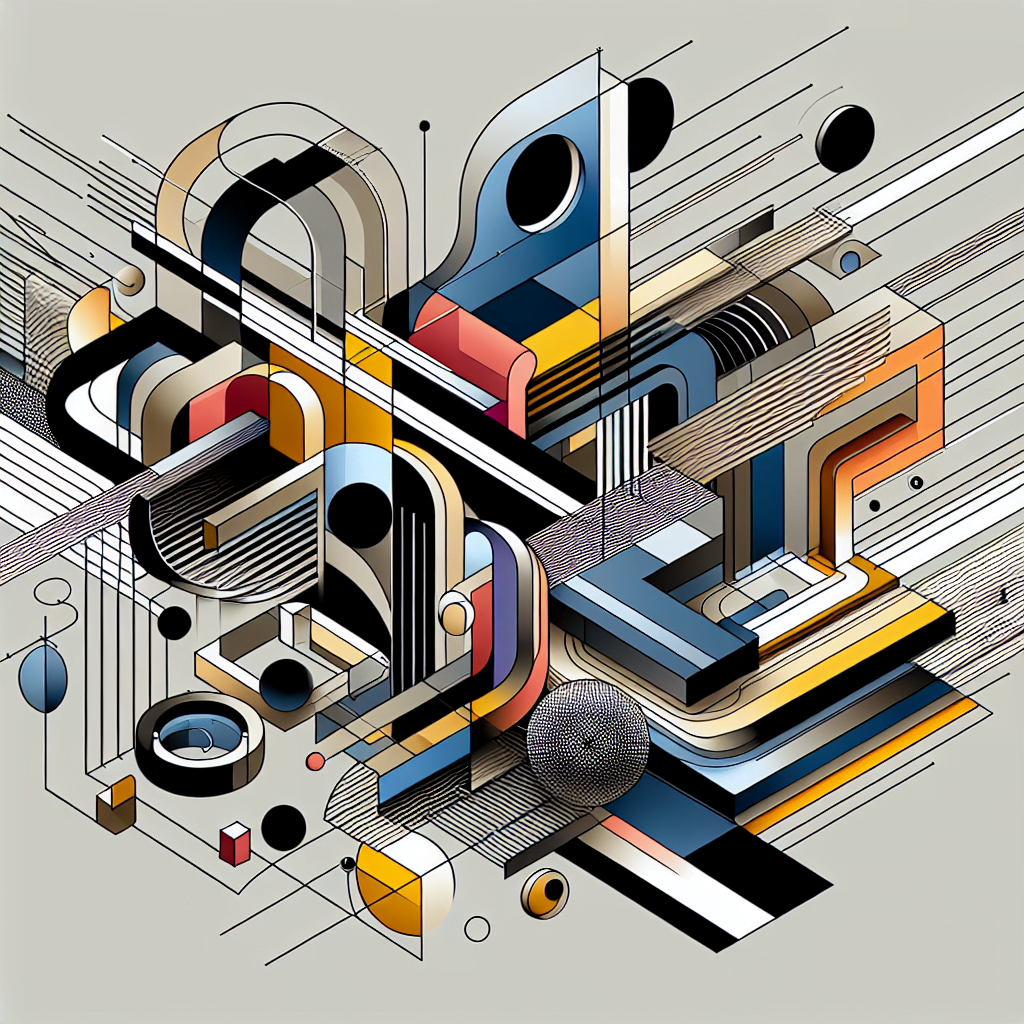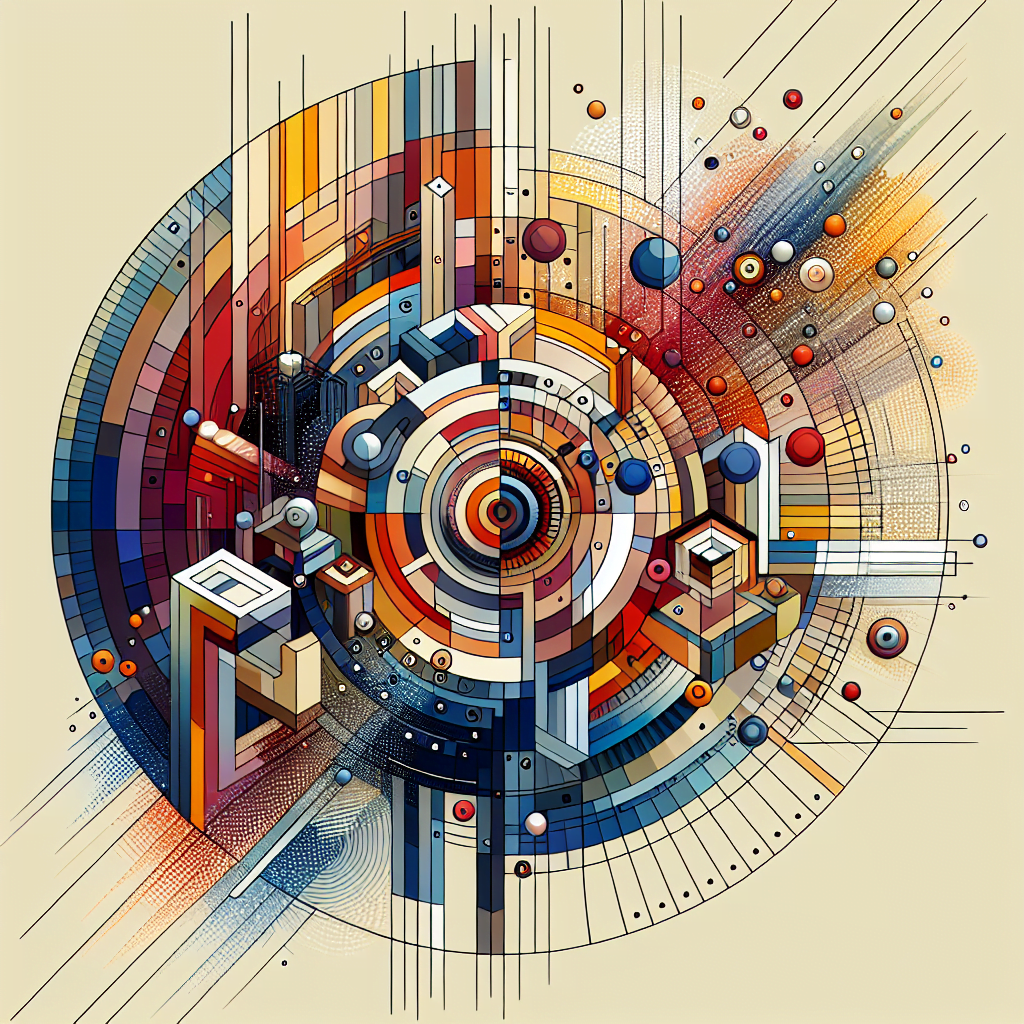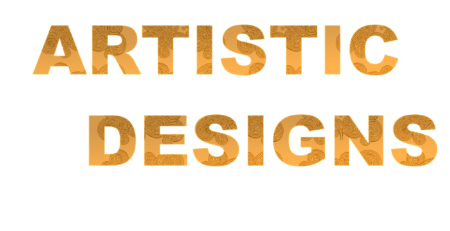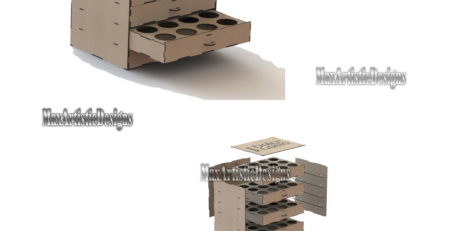Getting Creative with 2D Vectors – Inspirational Design Ideas
Table of Contents
“Unleashing Imagination with 2D Vectors: A World of Inspirational Design Ideas!”
Introduction
Getting Creative with 2D Vectors – Inspirational Design Ideas is a comprehensive guide that explores the vast potential of 2D vector graphics in the realm of design. It provides a plethora of innovative and inspirational design ideas that leverage the versatility and precision of 2D vectors. From basic shapes to complex illustrations, this guide showcases how 2D vectors can be manipulated and transformed to create stunning visuals. It serves as a valuable resource for both novice and experienced designers, offering insights into the creative process and techniques involved in crafting unique, eye-catching designs using 2D vectors.
Exploring the Artistic Potential of 2D Vectors: Inspirational Design Ideas
In the realm of graphic design, 2D vectors have emerged as a powerful tool for artists and designers alike. They offer a unique blend of flexibility, precision, and scalability that makes them an ideal choice for a wide range of design projects. This article aims to explore the artistic potential of 2D vectors and provide some inspirational design ideas.
2D vectors, unlike raster images, are not made up of pixels. Instead, they are composed of paths, which are defined by a start and end point, along with other points, curves, and angles along the way. This mathematical approach to image creation allows vectors to be scaled up or down without any loss of quality, making them perfect for designs that need to be used in various sizes.
One of the most significant advantages of using 2D vectors in design is their versatility. They can be used to create everything from simple logos and icons to complex illustrations and infographics. Moreover, because vectors are inherently scalable, they are ideal for responsive design, where elements need to resize depending on the screen size or resolution.
The use of 2D vectors also opens up a world of creative possibilities. For instance, designers can experiment with different line weights to create a sense of depth and dimension in their designs. They can also play with color gradients to add a sense of volume and realism to their vector illustrations. Furthermore, the ability to manipulate individual paths within a vector design allows for a high level of detail and precision.
One inspirational design idea is to use 2D vectors to create minimalist artwork. By using simple shapes and lines, designers can create striking images that convey a message or tell a story with minimal elements. This style of design is particularly effective for logos and icons, where clarity and simplicity are key.
Another innovative use of 2D vectors is in the creation of geometric designs. By combining different shapes and angles, designers can create intricate patterns and structures that are visually captivating. This style of design is often used in posters, album covers, and other forms of print media.
2D vectors can also be used to create stylized illustrations. By manipulating the paths and curves within a vector design, artists can create unique, stylized representations of people, animals, and objects. This style of design is often used in children’s books, animation, and digital media.
In addition to these design ideas, 2D vectors also offer the potential for experimentation and innovation. Designers can push the boundaries of what is possible with vectors, creating new styles and techniques that challenge the status quo. For instance, designers can experiment with 3D effects, creating vector designs that appear to pop off the page.
In conclusion, 2D vectors offer a wealth of creative possibilities for designers. Their versatility, scalability, and precision make them an invaluable tool in the designer’s toolkit. Whether you’re creating a simple logo or a complex illustration, 2D vectors can help you bring your creative vision to life. So why not start exploring the artistic potential of 2D vectors today? You might just find your next source of design inspiration.
Unleashing Creativity with 2D Vector Designs: A Guide for Beginners

The world of graphic design is a vast and exciting realm, teeming with endless possibilities. One of the most versatile tools in this domain is the 2D vector. These mathematical constructs, defined by both magnitude and direction, have the power to transform simple designs into stunning works of art. This article aims to inspire beginners to unleash their creativity with 2D vector designs, offering a guide to some inspirational design ideas.
2D vectors are a fundamental part of graphic design, used to create everything from simple logos to complex illustrations. Unlike raster graphics, which are made up of pixels, vector graphics are composed of paths or strokes that can be easily manipulated. This means that they can be scaled up or down without losing any quality, making them an ideal choice for designers.
One of the most popular uses of 2D vectors is in logo design. The simplicity and flexibility of vectors make them perfect for creating distinctive and memorable logos. For instance, you could start with a basic shape, such as a circle or square, and then use vectors to add elements that represent your brand. This could be anything from a stylized letter to an abstract symbol. The key is to experiment with different shapes and lines until you find a design that resonates with your brand’s identity.
Another exciting way to use 2D vectors is in the creation of infographics. These visual representations of information are a powerful tool for communicating complex data in a clear and engaging way. By using vectors, you can create a variety of shapes and icons to represent different data points. For example, you could use a series of circles of varying sizes to represent population data, or a series of arrows to show the flow of information. The possibilities are truly endless.
2D vectors can also be used to create stunning illustrations. By combining different shapes and lines, you can create intricate designs that are both visually appealing and rich in detail. For instance, you could use vectors to create a detailed cityscape, with each building represented by a different combination of shapes. Or, you could use them to create a whimsical illustration of a forest, with each tree made up of a series of simple shapes.
One of the most inspiring aspects of working with 2D vectors is the freedom they offer. Unlike other design tools, vectors allow you to easily manipulate and transform your designs. You can scale them, rotate them, and even change their color with just a few clicks. This means that you can experiment with different design ideas without having to start from scratch each time.
In conclusion, 2D vectors are a powerful tool for unleashing your creativity in the world of graphic design. Whether you’re creating a logo, an infographic, or an illustration, vectors offer a level of flexibility and versatility that is hard to match. So why not start experimenting with 2D vectors today? With a bit of practice and a lot of imagination, you’ll be amazed at what you can create.
Innovative Design Concepts: Getting Creative with 2D Vectors
In the realm of graphic design, 2D vectors have emerged as a powerful tool for creating visually stunning and innovative designs. These mathematical constructs, which are essentially directions in a two-dimensional space, offer a unique blend of precision and flexibility that can be harnessed to create a wide array of designs. From simple geometric shapes to intricate patterns and complex illustrations, the possibilities with 2D vectors are virtually limitless.
The beauty of 2D vectors lies in their inherent scalability. Unlike raster images, which are made up of pixels and can become pixelated or blurry when resized, vector graphics are composed of paths defined by mathematical equations. This means they can be scaled up or down without any loss of quality, making them ideal for designs that need to be reproduced at various sizes, such as logos or icons.
One innovative way to use 2D vectors is in the creation of minimalist designs. By using simple shapes and lines, designers can create striking visuals that convey a message or evoke an emotion with just a few elements. This approach can be particularly effective in logo design, where the goal is often to create a memorable image that can be easily recognized at a glance.
Another exciting application of 2D vectors is in the creation of patterns. By repeating a simple vector shape, designers can create complex patterns that add texture and depth to a design. These patterns can be used as backgrounds, borders, or even as the main visual element in a design. The ability to adjust the size, orientation, and spacing of the vector shapes gives designers complete control over the final look of the pattern.
2D vectors can also be used to create intricate illustrations. By combining multiple vector shapes and using techniques such as layering and blending, designers can create detailed images that are still scalable and easy to edit. This can be particularly useful in the creation of infographics, where complex information needs to be presented in a visually appealing and easy-to-understand format.
In addition to these applications, 2D vectors can also be used in a variety of other creative ways. For example, they can be used to create stylized text, to add shadows or gradients to a design, or to create 3D effects. The only limit is the designer’s imagination.
However, while 2D vectors offer a wealth of creative possibilities, they also require a certain level of skill and understanding to use effectively. Designers need to be familiar with the principles of vector graphics and have a good grasp of the software tools used to create them. They also need to have a keen eye for detail and a good understanding of design principles such as balance, contrast, and harmony.
In conclusion, 2D vectors represent a powerful tool in the arsenal of graphic designers. By harnessing their unique properties, designers can create a wide range of innovative and visually stunning designs. Whether used to create minimalist logos, complex patterns, or intricate illustrations, 2D vectors offer a level of precision and flexibility that is hard to match. With a bit of creativity and technical know-how, the possibilities are truly endless.
Conclusion
In conclusion, getting creative with 2D vectors can significantly enhance the aesthetic appeal and functionality of design projects. It allows designers to experiment with various shapes, colors, and sizes to create unique, inspirational designs. The flexibility and versatility of 2D vectors make them an invaluable tool in graphic design, enabling the creation of everything from simple logos to complex illustrations. Therefore, mastering the use of 2D vectors can open up a world of design possibilities.




Leave a Reply